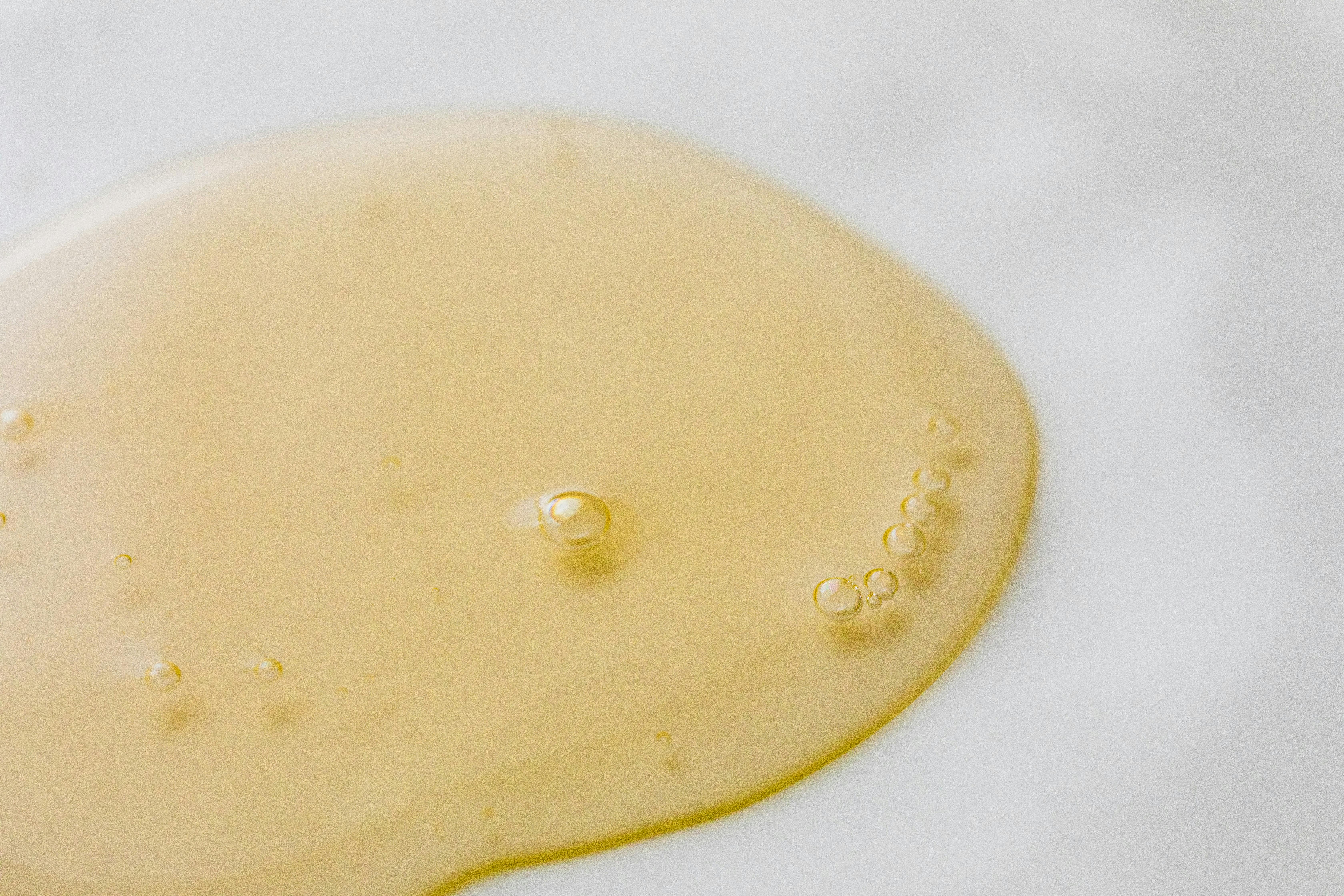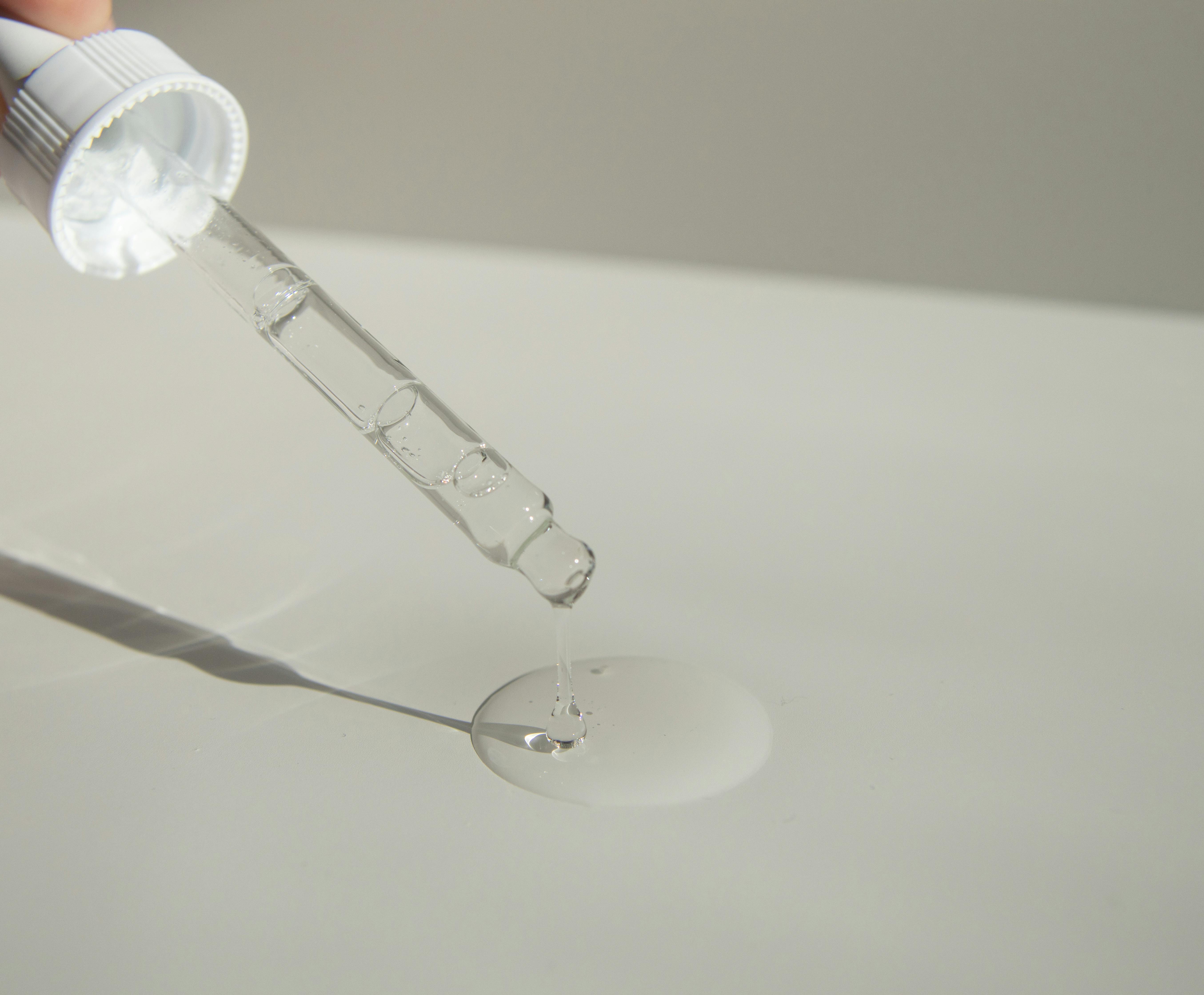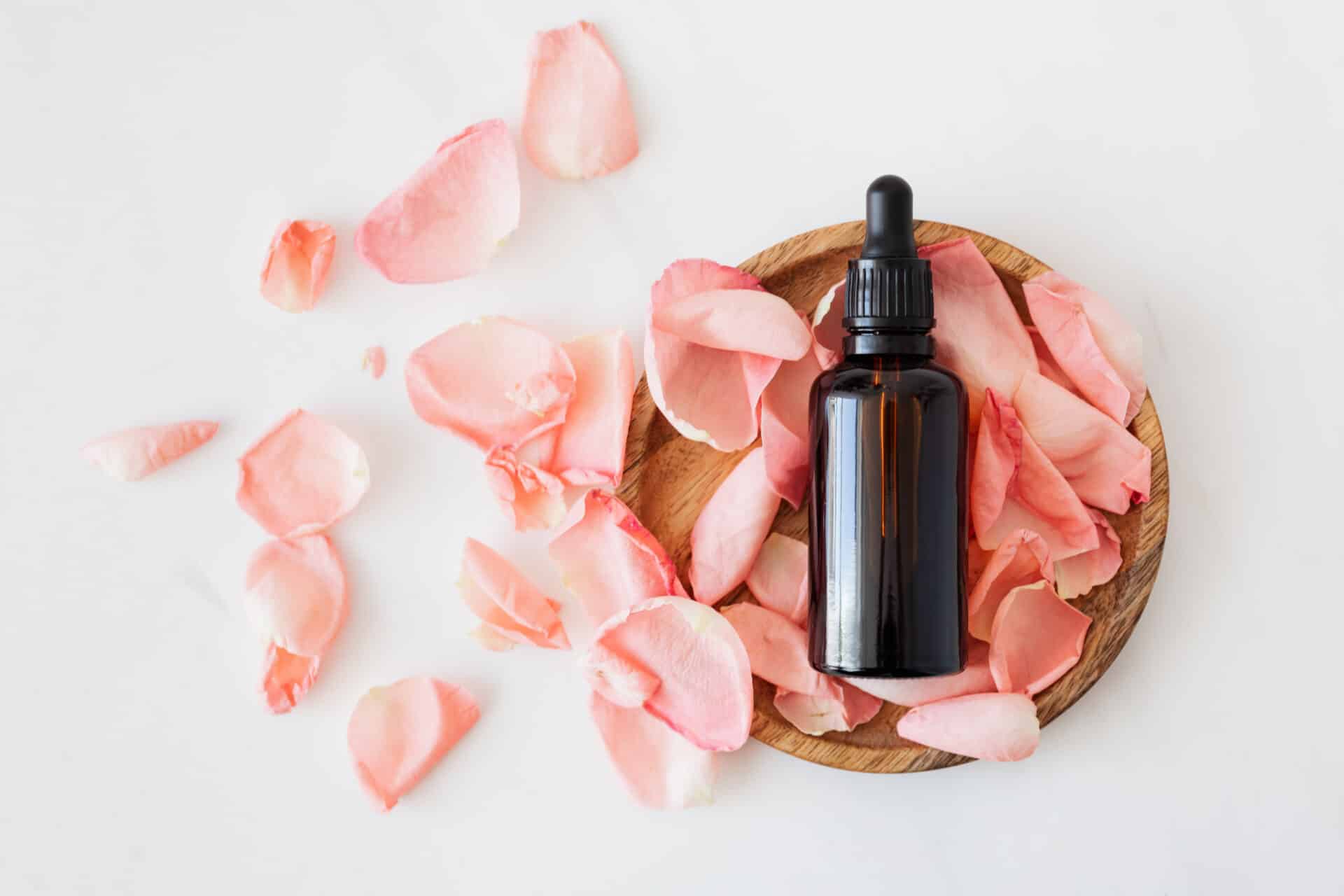Distilling your own essential oils is an ancient practice that has been around for centuries. It is a simple process that uses steam, pressure, and temperature to extract the natural aromatic compounds from a plant material. By distilling your own essential oils, you can enjoy the fresh and concentrated aroma of the oils you create. Whether you are looking to use them for aromatherapy, natural perfumes, or in homemade beauty products, understanding how to distill your own essential oils can be a great way to make something special with your own hands. In this article, we will discuss the basics of distilling essential oils and provide an overview of the process.Distilling essential oils involves extracting the fragrant oils from plants using steam distillation. The process of steam distillation involves heating a mixture of water and plant material, which causes the plant’s volatile essential oils to vaporize. The hot vapor is then transported through a tube to a condenser where it cools and returns to liquid form. This liquid contains both water and essential oil, which can then be separated. The pure essential oil is collected in a container while the remaining water is discarded.
Choose the Right Equipment for Distilling Essential Oils
Distilling essential oils is a complex and delicate process that requires specialized equipment. Choosing the right equipment is an important part of ensuring that your essential oil distillation process is successful. There are several different types of equipment available, so it’s important to consider your specific needs before making a purchase.
The most common type of equipment used in essential oil distillation is a still. A still is a device that uses heat to vaporize liquid components from a mixture, creating a vapor that can be condensed back into liquid form. Still designs vary based on purpose and size, but all stills use thermal energy to create a vapor containing the desired components of the mixture.
Another type of equipment used in essential oil distillation is an extractor. An extractor works by introducing pressurized steam into the mixture, allowing the desired components to be extracted from the rest of the material. Extractors come in various sizes and designs, allowing for efficient and accurate extraction of components from mixtures with different compositions.
Other types of equipment used in essential oil distillation include condensers, separators, and evaporators
Prepare Plant Material for Distilling Essential Oils
The process of distilling essential oils is a delicate and complex one. In order to ensure that the best quality oils are produced, it is important to make sure that the plant material used in the process is of the highest quality. This means that careful attention must be paid to the preparation of the plant material prior to distillation. The following steps should be taken when preparing plant material for essential oil distillation:
1. Harvesting: The harvesting of plant material should be done at the peak of its seasonal growth cycle in order to ensure that the highest quality essential oils are produced. Also, it is important to choose plants that are free from any chemical treatments or contaminants.
2. Drying: Once harvested, the plant material should be dried in a well-ventilated area away from direct sunlight and other sources of heat. Drying should take place until all of the moisture has been removed from the plant material – this will help to ensure that it is suitable for distillation and produces a high-quality essential oil.
3
Assemble Your Distilling Equipment
Distilling your own spirits is a rewarding experience, but it requires some special equipment. The most important piece of equipment you will need is a still. You can purchase a still or build one yourself. Once you have your still, you will need to assemble the rest of the equipment. This includes a heat source, such as a propane burner, an air-tight container for the mash or wort, and a fermentation vessel. You will also need tubing and other fittings to connect your still to the heat source and other components of the distilling system. Make sure all connections are airtight so that no vapor escapes during distillation. Additionally, you may want to invest in a thermometer and hydrometer to measure temperature and gravity during fermentation and distillation.
Once your equipment is assembled, it’s time to make your mash or wort. This is the liquid that will be fermented and distilled into spirits. You can make your mash or wort from grains, fruits, sugars, or any combination thereof. Once you have made your mash or wort, transfer it into the fermentation vessel and add yeast to begin
Fill the Still with Water
Filling a still with water is an essential step in the distilling process. It is important to make sure that the still is filled correctly, as incorrect filling can lead to an uneven distillation or even an explosion. In order to ensure safety and proper distillation, it is important to follow these steps when filling a still with water.
The first step is to make sure that the still is clean and free of any debris or contaminants. If there are any clogs or blockages, they should be cleared before attempting to fill the still. Next, it is important to connect a hose or other water source to the bottom of the still. This will ensure that the water flows evenly throughout the entire still and does not create any hot spots that could cause an explosion.
Once the hose is connected, it’s time to start filling the still with water. It’s best to use cold or lukewarm water, as this will help prevent steam from forming too quickly inside the still. The water should be added slowly and evenly, until it reaches just

Heat the Still to Begin the Distillation Process
Distilling alcohol is an age-old process and one that requires a great deal of care and attention when done correctly. The first step in this process is heating the still, which is a large vessel used to hold the liquid that will be distilled. The still must be heated to a specific temperature in order for the distillation process to take place. This temperature is usually between 140-180 degrees Fahrenheit, depending on what type of liquid is being distilled. Once the still has been heated to the desired temperature, it can then be filled with liquid and the distillation process can begin.
The heat source used to heat the still can vary depending on what type of equipment you are using. If you are using a traditional pot still, then a direct flame from a gas burner or an electric element can be used. If you are using a reflux still, then steam can be used as your heat source. Regardless of which type of equipment you are using, it is important to ensure that you maintain an even and constant temperature throughout the whole distillation process so that all of your ingredients are properly cooked and distilled. Distillation is a process that involves separating compounds from a liquid solution. This is usually done by boiling the solution and collecting the vapors that are produced. In order to get an accurate separation, it is important to monitor and adjust the temperature during distillation. The temperature should be monitored throughout the entire process in order to ensure that the desired compounds are being collected in the correct proportions. In order to adjust the temperature during distillation, a heating element or flame must be used. The heat source should be adjusted so that it maintains a steady temperature throughout the distillation process. It is important to note that if the temperature gets too high, vaporization will occur too quickly and this can cause impurities in the final product. On the other hand, if the temperature is too low, it can result in inefficient distillation as some of the desired components may not vaporize at all. It is also important to monitor any changes in pressure during distillation as this will affect how quickly certain compounds vaporize. If there is a sudden change in pressure, then it may be necessary to adjust either The use of essential oils has become increasingly popular in recent years due to its many benefits. It is important to properly collect and store your essential oils in order to ensure their potency and efficacy. By following the proper steps, you can ensure that your essential oils will remain fresh and potent for years to come. The first step in collecting and storing your essential oils is to make sure you have the proper containers. Essential oils should be stored in dark colored, glass containers with tight-fitting lids. This will help protect them from air and light exposure which can degrade the oil’s quality over time. In addition, be sure to clearly label each container with the oil’s name so that it is easy to find when needed. It is also important to keep your essential oil bottles away from heat sources such as windows or radiators. Heat can cause the oils to evaporate faster than normal, reducing their potency and shelf life. Additionally, store them away from direct sunlight which will also break down the oils more quickly over time. When using an essential oil, it’s important to use clean utensils such as glass droppers Distilling your own essential oils is not only a great way to create natural and pure oils for your own use, it can also be a fun and creative activity. Distilling essential oils can be done with either water- or steam-distillation methods. For either method, you will need the proper equipment and ingredients. You should also carefully research the best techniques for distilling essential oils to produce high-quality products. With the right equipment and knowledge, you can make great-smelling therapeutic essential oils in your home. In conclusion, distilling your own essential oils is an enjoyable and rewarding activity that requires the proper equipment, ingredients, and knowledge of distillation techniques. With just a few simple steps, you can make high-quality essential oil products in the comfort of your home!Collect and Store Your Essential Oil

Conclusion

